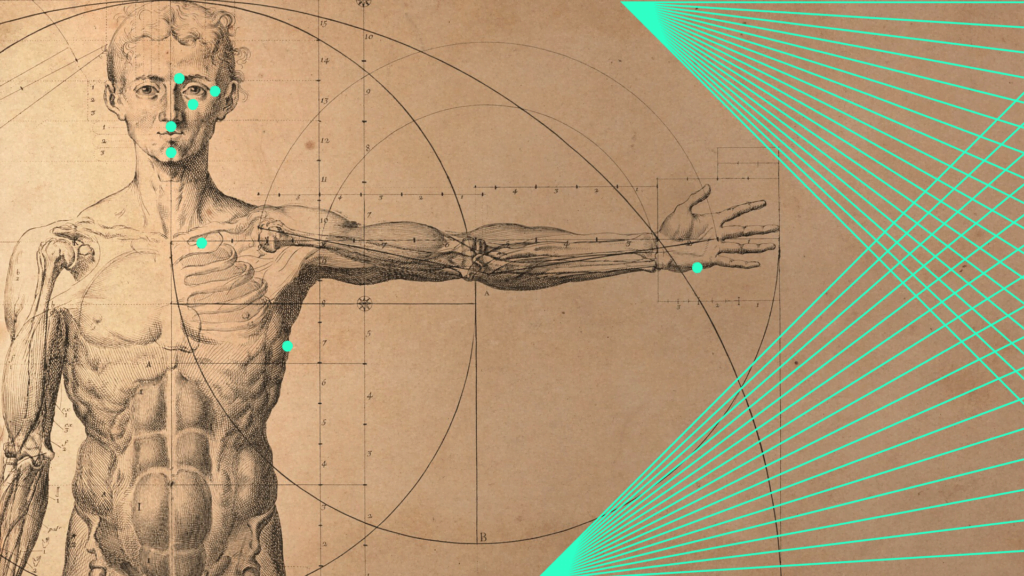How to Use The Emotional Freedom Technique (EFT Tapping)
What is EFT? EFT stands for Emotional Freedom Technique. The Emotional Freedom Technique is a therapeutic method developed by Gary Craig that releases emotional energy and trauma by tapping specific acupressure points around the body. The tapping is often accompanied with a repeated mantra. EFT has roots in the ancient Chinese practice of “chi” and other “energy psychologies” often regarded as pseudoscience. However, EFT has been proven effective with hard empirical evidence from several well known studies. What is EFT tapping used for? EFT can be used for any emotional issue in your life. If there is an emotional charge behind it, EFT can be used. Some of the things EFT tapping can help resolve are: Some scientific studies found EFT to be particularly useful for relieving anxiety, depression, and PTSD. Although some practitioners claim it can even relieve physical pain. How to use the Emotional Freedom Technique This 5 step process is directly modeled after Gary Craig’s 5 steps for EFT Step 1) Identify the issue you want to work through In this step the individual should choose an issue or difficult emotion they’d like to work on. The issue should be specific and solitary. Don’t try to work on several issues at the same time. An example of an emotionally charged issue could be feeling anxious about an upcoming event such as a graduation or family gathering. Step 2) Test the intensity of the issue Start this step by asking the participant how intense the issue is in their mind on a scale of 0-10. 0 being no issue at all, 10 being the most intense it could possibly be. A memory or thought of the issue should be held vividly in the mind when rating the intensity. This number will serve as bench mark for later. The goal of EFT is to have the issue get as close to 0 as possible. We will continue to ask where the individual is on the 0-10 scale after every round of EFT. Step 3) Setting up the process Before you start going through a full round of EFT you have a little prep work to do. We must create a two part mantra/ phrase that will be used during the tapping: This looks a little something like this: “Even though I have (blank issue), I deeply and completely love and accept myself”. Using the example from step 1, this would look like: “Even though I have anxiety about my graduation, I deeply and completely love and accept myself”. Step 4) The tapping sequence The tapping sequence is the order of pressure points that you will tap on 5-7 times as you repeat the mantra created in the step 3. The tapping sequence is as follows: Before your start tapping repeat your mantra. Then as you tap each point, say out loud the issue. For example say “anxiety” or “anxiety about graduation” as you tap each of the 9 pressure points. Step 5) Test the intensity again After a full round of tapping, assign a number to the level of intensity around the issue from 0-10. This should show you if any and how much progress is being made with relieving the issue. Repeat the steps until the number reaches 0 or until it plateaus at the same number several times. If this happens it’s best to revisit the issue again later. Does EFT really work? Yes. Although many scientists have their skepticism over EFT, as any good scientist should, there have been many studies reporting statistically significant positive results from the Emotional Freedom Technique. One study found EFT helped reduce anxiety by 40%, depression by 35%, and cravings by 74%. Another scientific study showed that clinical usage of EFT was “highly effective in reducing depressive symptoms in a variety of populations and settings”. The results speak for themselves when it comes to the efficacy of EFT. EFT in PEAT The EFT tapping is sometimes merged with other therapeutic practices. One of these methods that sometimes uses EFT is PEAT. PEAT is a therapeutic technique that can heal and alleviate emotional conflicts (inner or outer). Both EFT and PEAT focus on relieving emotional charges around personal issues. The tapping of EFT can easily be used to heighten other talk therapies or psychological relief methods. Conclusion The Emotional Freedom Technique is a therapeutic method that releases emotional energy and trauma by tapping pressure points around the body while repeating a specialized mantra. How do you practice EFT? The Emotional Freedom Technique has been proven to be effective at relieving emotional issues by several academic and scientific studies.
How to Use The Emotional Freedom Technique (EFT Tapping) Read More »



